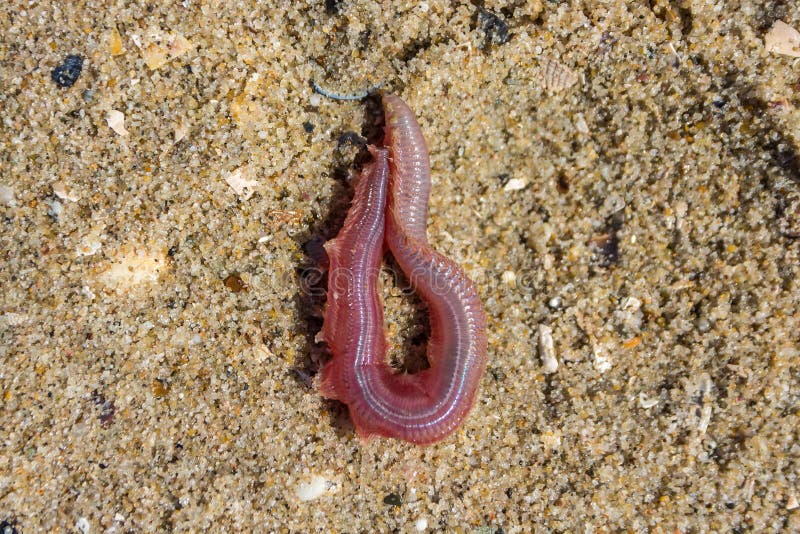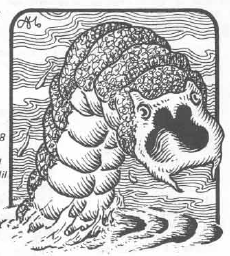
These similarities between bloodworm venom and those of very distantly related animals exemplify the single most important theme in venom evolution: convergence. Now, we know that bloodworms wield the same chemical weapons. And until now, one toxin was thought to be unique to sea anemones, while another was supposedly an invention of predatory snails. One toxin has only ever been found in discovered in scorpionfish, platypuses and echidnas. Some resemble toxins in bees that trigger severe allergic reactions in a minority of people, which may explain why some folks go to hospital with severe inflammation after being bitten by bloodworms. The team also compared the bloodworm transcripts to those form other animal groups, and found some that are shared across many venomous lineages. But a dozen of these toxin types are a mystery-they don’t match anything we know, and may be unique to bloodworms.

Some produce proteins that kill nerve cells, punch holes in cell membranes, or trigger intense pain. Many of them belonged to 30 known groups. The team identified all the RNA transcripts that are produced in the venom glands of three bloodworm species. These transcripts are then used to build proteins, like those found in venom. When genes are switched on, the information encoded within their DNA is transcribed into another molecule called RNA. Von Reumont and Campbell did something more comprehensive. Some scientists have looked at bloodworm venom before, but only in a piecemeal way. Two groups of annelids are venomous: the leeches, whose toxins stop blood from clotting, and the bloodworms, which use their venom to overpower their prey. The bloodworms that Jenner’s team looked at are annelids, members of a large group of segmented worms that also includes earthworms and lugworms. The word “bloodworm” is also used to describe the maggots of some groups of midges, a couple of species of parasitic nematodes, and the fictional ones that cause vampirism in The Strain.


Jenner was looking to study some of these neglected creatures, and settled on the bloodworms. Using new sequencing technologies, scientists have teased apart the killer cocktails injected by familiar groups like snakes and spiders, and also less obviously venomous ones like vampire bats, Komodo dragons, shrews, echidnas, and one group of weird cave crustaceans.īut there are still many venomous animals left to analyse. And they’ve often been sources of new drugs. They’re great case studies for how evolution shapes molecules. These substances, and the creatures that inject them, instil a morbid fascination. Venom research is booming, and for good reason.


 0 kommentar(er)
0 kommentar(er)
